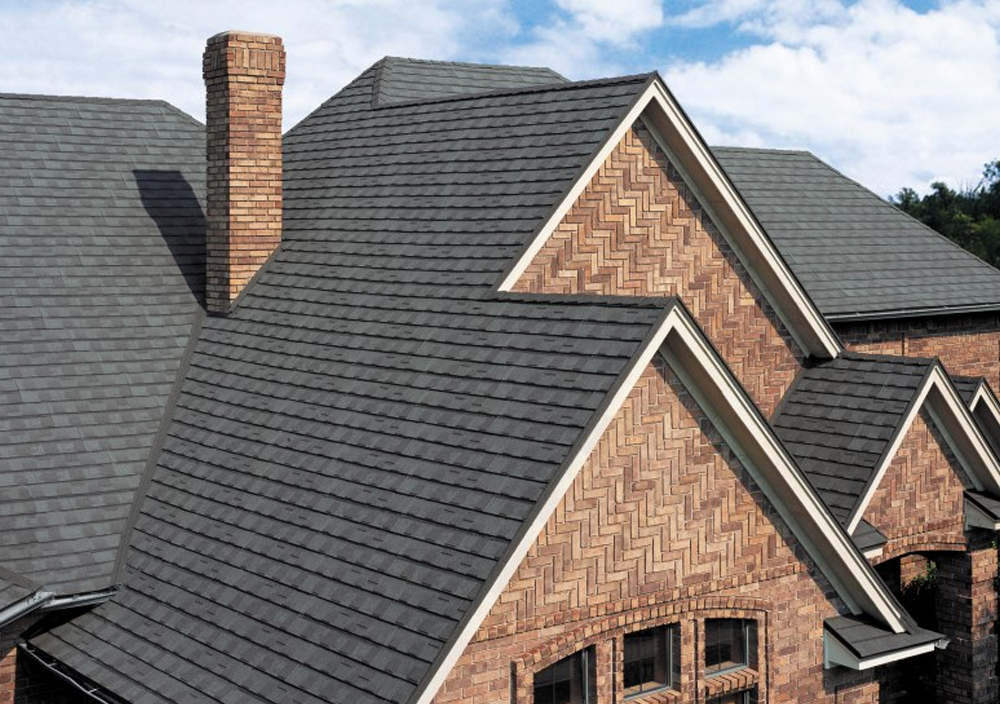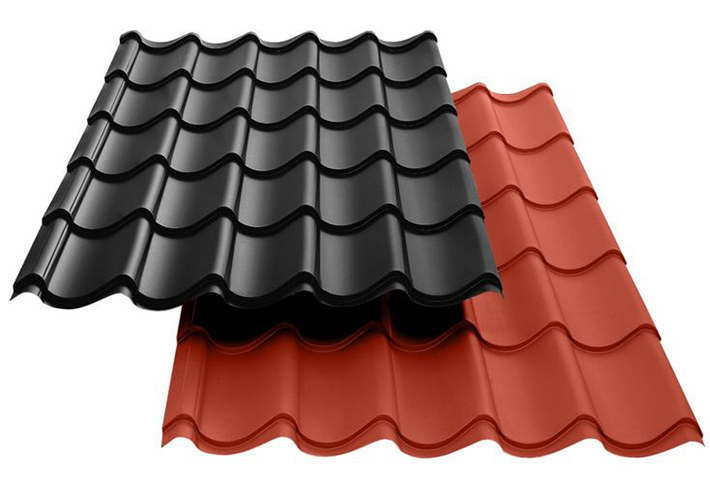Over the past five years, the prices of solar roof tiles have generally trended upwards, influenced by various factors including technology advancements, market demand, and raw material costs.

Price Evolution
- 2019-2021: Solar roof tiles were priced between $20,000 to $45,000 for a typical residential installation. These prices reflected the early-stage adoption of the technology. The cost per square foot ranged from $15 to $25, and the tiles were favored for their aesthetic integration with traditional roofing materials. The market during this period was characterized by gradual growth, supported by government incentives and increased awareness of renewable energy benefits. However, prices remained relatively stable due to consistent material costs and moderate demand.
- 2022-2023: Prices saw a significant uptick, ranging from $25,000 to $60,000 for similar installations. Several key factors contributed to this rise:
- Supply Chain Issues: The COVID-19 pandemic disrupted global supply chains, causing shortages and increasing the cost of raw materials such as silicon and other components critical to solar tile production. This was exacerbated by logistical challenges and inflationary pressures across global markets.
- Technology and Efficiency Improvements: During these years, the market saw the introduction of more efficient solar tiles, including advanced monocrystalline silicon tiles, which offer higher energy conversion rates. These improvements, while beneficial, also contributed to the higher costs.
- Increased Demand: As energy prices surged and environmental concerns grew, more homeowners and businesses turned to solar solutions. This spike in demand further pushed prices upward, especially as consumers sought high-quality, integrated solar roofing systems.
- 2024: Continuing the upward trend, prices now range from $30,000 to $65,000. This increase is driven by several factors:
- Advanced Features: The latest solar roof tiles incorporate smart technologies, such as integrated energy management systems and compatibility with home energy storage solutions like Tesla Powerwall. These features add to the overall cost but also increase the value proposition by offering greater energy independence and efficiency.
- Labor Costs: Installation costs have also risen due to higher labor expenses, particularly in regions with stringent safety regulations and high demand for skilled installers.
Market Dynamics
- Adoption Rates and Payback Periods: The payback period for solar roof tiles typically ranges from 5 to 15 years, depending on various factors such as local energy prices, available incentives, and the efficiency of the solar system. The high upfront costs are often offset by significant long-term savings on energy bills, especially in areas with high electricity costs or strong solar incentives. For example, the federal tax credit in the U.S. can reduce the cost by 30%, significantly shortening the payback period.
- Regional Variations:
- North America: The U.S. has seen a significant uptake in solar roof tiles, driven by federal and state incentives, as well as rising electricity prices. The market is particularly strong in states like California and New York, where both environmental awareness and electricity costs are high.
- Europe: Europe has also embraced solar roof tiles, with countries like Germany and the Netherlands leading the way. Strong government policies aimed at reducing carbon emissions and promoting renewable energy have supported this growth.
- Asia-Pacific: The region is rapidly catching up, with China and Japan emerging as significant markets. Government initiatives and the increasing urbanization of these countries are driving demand for integrated solar solutions.
Future Market Outlook

- Price Stabilization: While prices are currently high, there is potential for stabilization as the technology matures and supply chains recover. However, the premium pricing associated with solar roof tiles is likely to remain due to their advanced features and aesthetic appeal.
- Technological Advancements: Continued innovation in solar technology, including higher efficiency cells and more durable materials, is expected to further enhance the performance and appeal of solar roof tiles, potentially leading to broader adoption even at higher price points.
The overall trend suggests that while solar roof tiles are becoming more expensive, the long-term savings and environmental benefits continue to make them a viable investment for many property owners.





